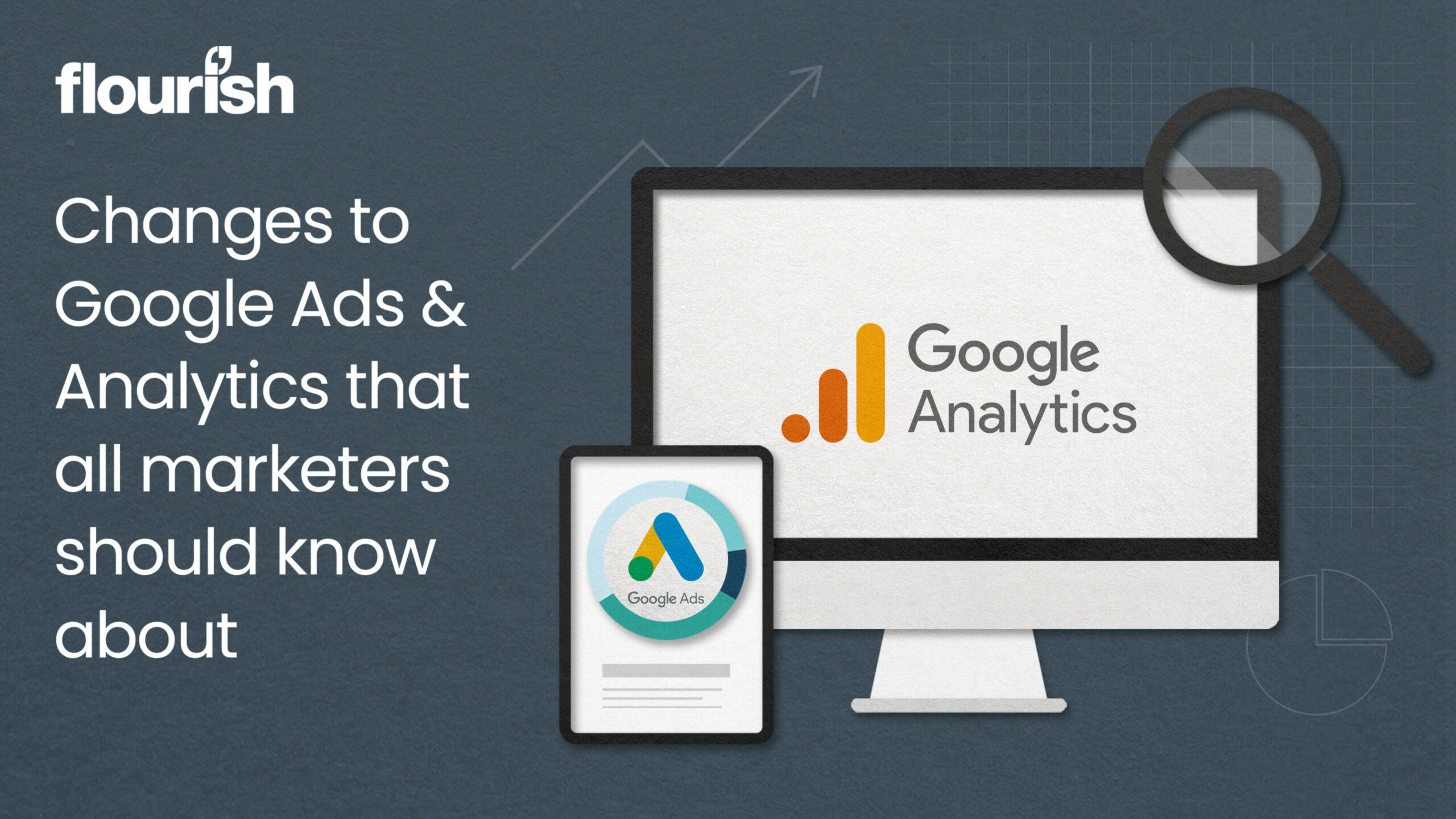Goodbye to Google’s Similar Audiences, hello First Party Data
Google’s recent decision to bid farewell to Similar Audiences in its Ads platform is still causing ripples in the marketing sector. We know that in the ever-evolving world of digital marketing, change brings opportunities. Here’s what we’ve learned so far. (Spoiler: leveraging first-party data can be your new secret weapon.)
The saga of similar audiences
If you’ve been missing the Similar Audiences feature in Google Ads, you’re not alone. This powerful tool allowed us to target users with similar online behaviour to our most valued customer segments. For example, you could target people who act like the most profitable audiences in your business via display and content campaigns. With its departure, we’ve had to adapt our strategies, and as a CRM agency, we’ve had to pivot to make sure our customer journeys are as powerful as ever.
Here are our top 7 reasons to embrace first party data, the unsung hero of CRM marketing…
1. Custom audience creation
Say hello to tailored ads! First-party data empowers you to create custom audiences based on your existing customer data. This personalised touch increases the likelihood of repeat business and builds brand loyalty.
2. Better audience insights
Dive deep into your customers’ behaviour, preferences, and purchase history. This insight is gold, helping you create more relevant and personalised ad campaigns that truly resonate with your audience.
3. Retargeting opportunities
Don’t let potential customers slip through the cracks. First-party data enables retargeting campaigns, reminding users who’ve interacted with your website to come back and complete a purchase.
4. Data ownership and privacy control
With first-party data, you have complete ownership and control over the information collected from your customers, ensuring compliance with evolving data privacy regulations. Go on, take the reins.
5. Reduced dependency on third-party data
Rely less on external data sources and more on your own strategies. This not only avoids potential pitfalls but can also lead to a more efficient use of resources.
6. Cost efficiency
Sometimes, it pays to keep it close to home. Targeting your own first-party data can be more cost-effective than relying on third-party options, allowing you to focus on a more precise approach.
7. Long-term customer relationship building
CRM is not a sprint, it’s a marathon. Use first-party data to build lasting relationships by understanding your customers’ preferences and delivering personalised experiences.
The results so far
Transitioning from Similar Audiences has brought some interesting insights. Display campaigns on optimised targeting saw a 75% increase in impression volume, though CTR took a dip initially. This is expected as Google explores new audience segments, and we anticipate this trend will balance out as the algorithm refines itself.
Smart bidding at the ad level has shown promise, with increased CTR and conversion rates for e-commerce clients. By adding variable conversion values and refining bidding strategies, we’ve tapped into the full potential of Google’s algorithm.
Match lists were automatically included as a signal in smart bidding so we’ve been able to refine ROAS and CPA bidding for service led products, where LTV becomes an even more integral part of our clients needs. We’ve built user segments based on like for like search rates on various keywords to help sift through and easily identify top-performing terms and phrases and equally as important, those that aren’t.
We can then apply combined audience segments across first party data, joining up journeys into other channels such as email so we have a fully integrated approach and deployment plan, based on customer phase.
So whilst the removal of Similar Audience targeting in Google Ads can present challenges, leveraging first-party data can provide a powerful alternative.
By using your own customer data, you can create custom audiences, improve relevance, and build stronger relationships with your customers, ultimately leading to more effective and efficient advertising campaigns.
Need help creating your first-party data strategy? Or perhaps you need to re-think your campaigns on Google Ads? Get in touch with the Flourish team who can help you with both.



